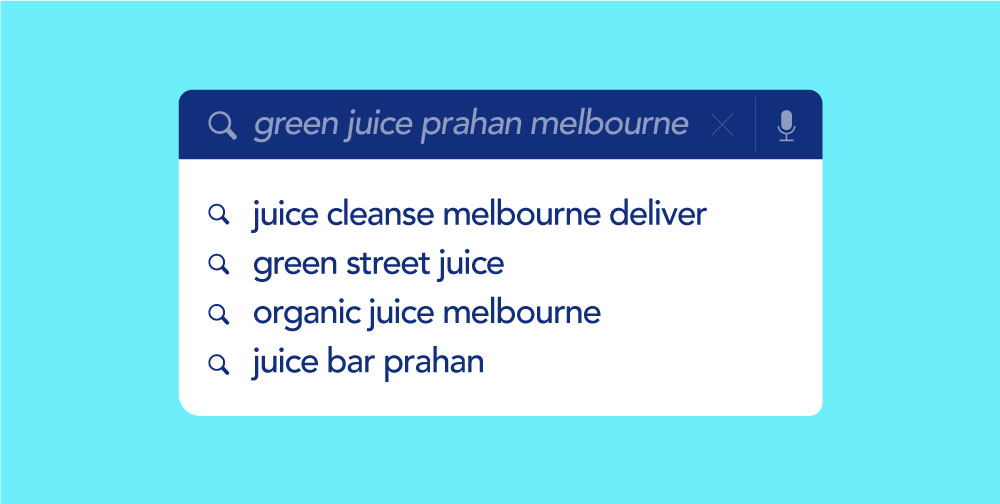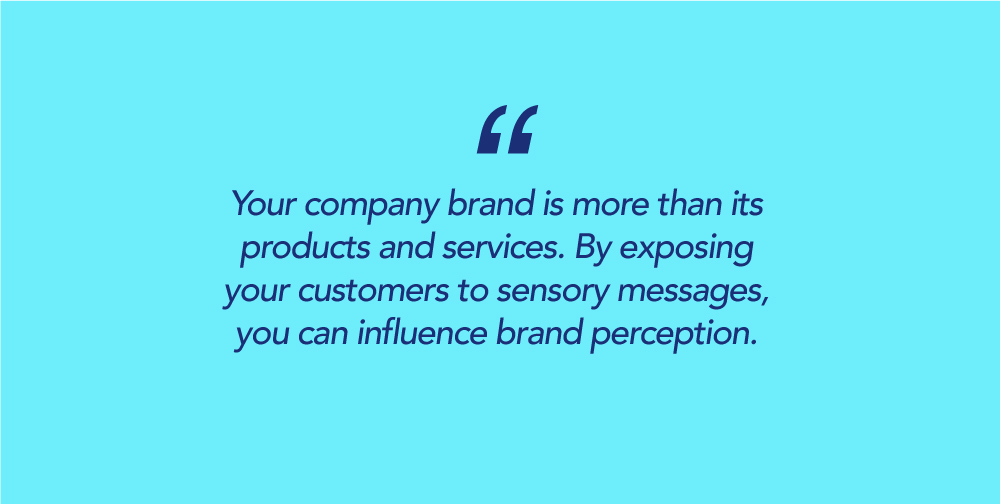5 Strategic rebranding questions for 2022
Ready to give your business brand a refresh in 2022 but not sure where to start? Rebranding is a marketing strategy that changes the image of a business. From a new name, symbol, or logo to developing new marketing materials, rebranding helps you to differentiate your business from your competitors. The 2020 branding trends and 2021 branding trends show that businesses rebranded because of:
- An expansion of products or services
- Upgrading their digital presence
- Creating a more precise position in the marketplace.
Read on for information on current branding trends and how to rebrand your business in 2022 by using the following five steps.
1. Target Audience: Do you know your target audience?
Defining your target audience helps you know which group of people will most likely buy your product or service. It can also help you focus on developing clear marketing messages.
A target audience can include demographics like age and gender, however, segmenting them further into buying intent, location, hobbies, and interests can also be helpful. For example, by knowing your target audience’s preferred music genres, you can develop targeted online advertising that addresses their needs.
Simple steps to determine your Target Audience
To work out who your target audience is, you’ll need to analyse the following data.
1 Evaluate customer data
When you look at who is buying your product or service already, you’ll be able to determine who your target audience is, from their age and location to their reasons for purchasing. Don’t have this data? Conducting regular customer surveys can give you valuable insights into customer behaviour.
2 Create customer personas
By taking the time to drill down into specific segments of your target audience, from knowing which TV shows they watch to their favourite takeaway foods, you’ll have detailed information to help attract and retain them. By developing three to five different personas, your marketing will be laser-focused and more likely to produce great results.
3 Conduct market research
Up to date market research can help you determine if your product or service offers something others don’t. By knowing which trends are popular, you’ll be able to position your brand for success.
4 Use Google Analytics
By knowing more about the type of users visiting your website, you’ll create content that your target audience is looking for. When you use Google Analytics data, you can make educated decisions about engaging with and converting your target audience.

2. Competition: Do you know your top five competitors?
Part of your rebranding process needs to define who your competitors are. Direct competitors are companies that market or sell the same products or services like yours. Indirect competitors will sell different products or services but compete online for your customer’s attention. For example, if you sell green smoothies, your direct competitors will be healthy juice companies, and your indirect competitors will be other drink manufacturers.
The following steps will help you identify your top five direct competitors.
1 Identify the keywords that people use
By knowing which keywords people are using to search for products and services like yours, you’ll be able to find out who your top five competitors are. This information will also help you with on-page and off-page SEO.
2 First page of search engines
Using the list of keywords, do a Google search and make a note of businesses that are on page one. Include paid ads and businesses in the map section as well.
3 Use social media platforms
Whether it’s Facebook, Twitter, Instagram, Tik Tok or LinkedIn, searching these platforms using your keywords will help you unearth competitors you may not know about.
4 Offline market research
While online market research is an effective way to define who your competitors are, you can also identify who your competitors are from the following:
- Local Chamber of Commerce
- Business directories
- Exhibitions and trade fairs
- Newspaper reports
- Flyers and marketing literature
- Town planning and building applications.

3. Perception: Do you know why you do what you do?
Brand perception is what customers believe a product or service represents. But brand perception can’t be created by companies, it is shaped from:
- Customer experience
- Word of mouth recommendations
- Reviews, including Google and social media.
Your company brand is more than its products and services. By exposing your customers to sensory messages, you can influence brand perception. Examples of sensory messages include:
1. Visual: Logos that are instantly recognisable like Coca-Cola and McDonalds.
2. Auditory: Jingles like Vegemite and catchphrases like Kit Kat’s “Give Me a Break!”.
3. Olfactory: Where patented scent is used in luxury hotel chains or upmarket stores.
4. Taste: Providing free samples and special offers in-store to attract new customers.
5. Emotional: Christmas TV ads for airlines that show families reuniting to celebrate together.
Why is brand perception measurement important?
Measuring and improving brand perception in your business can help you improve your bottom line. From boosting sales and improving customer loyalty and retention to reducing customer acquisition costs. Understanding brand perception will also help you create more focused marketing campaigns.

4. Attributes & Positioning: Have you decided what traits define your brand?
Brand attributes are the characteristics that your customers see as an important part of your brand. Like personality traits, your brand attributes are what people think about when they see your company.
Hard brand attributes include:
- Your company name, tagline, slogan and logo
- Mission statement and vision
- Design of your online and traditional marketing collateral.
Soft brand attributes shape themselves based on your company culture and values and include:
- Your credibility and consistency
- Point of difference and unique offerings.
5. Brand Consistency: Have you defined your brand guidelines?
Brand guidelines help your marketing messages stay consistent. They’re clearly defined standards and rules that define how your brand should be represented to the world.

Brand guidelines should include:
- Information about your company’s history, values, mission, and vision
- The tone of voice and grammar rules
- Guidelines on logo usage including colour palette, file format(s), minimum and maximum sizes, usage permissions, contexts and spacing
- The colour palette including RGB and CMYK codes
- Fonts and text sizes (both print and digital)
- Business card, email, EDM and letterhead designs
- Design elements and types of imagery, photography, and icons to be used.
Clearly defined brand guidelines ensure that your brand is communicated internally and externally to your target audience and market.
Rebrand with Brandwell in 2022
Need some advice with rebranding? Brandwell rebranding services include digital communications, website design, content strategy, printed brand collateral, signage and packaging design. Get started on your rebranding in 2022 by contacting us here.
_______________________________________________________________________________________________
Brandwell – Creative Branding Agency Melbourne